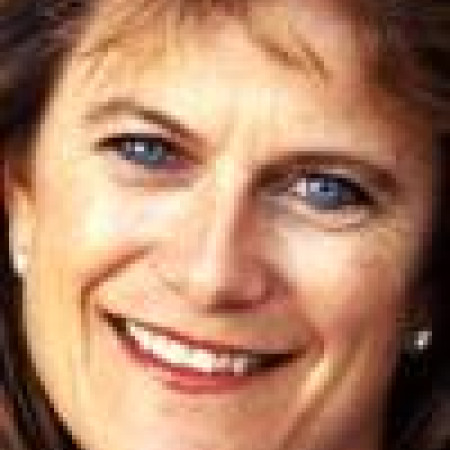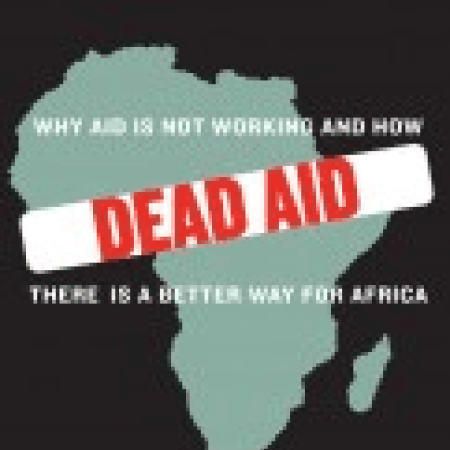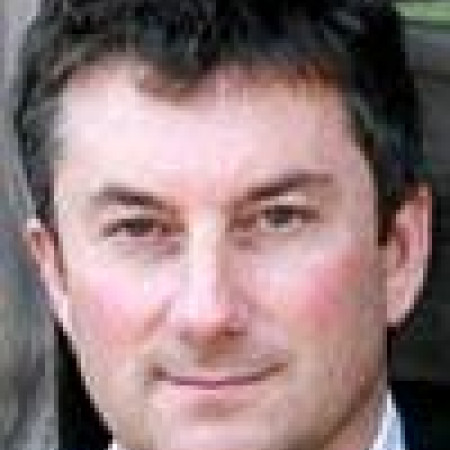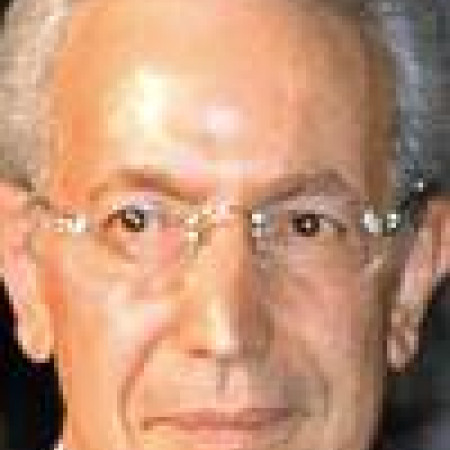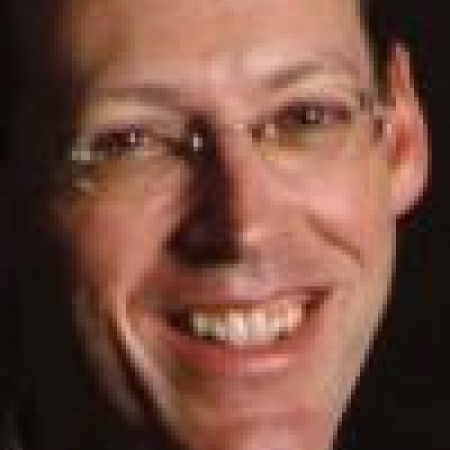Health
The Colemans - Improving Healthcare Distribution in Africa
In the late 1980s, when Barry and Andrea Coleman noticed that motor bikes intended for use in the delivery of health care in Africa were not being used because they had broken down—in some cases needing mere $3 oil filters—they knew they had to put their own pedal to the metal. Speaking at the 2009 Responsible Supply Chains Conference at Stanford, they share some of the successes and challenges associated with running Riders for Health, which administers vehicles to keep health supplies flowing efficiently throughout the continent.



